Various Types of Quilts and Their Characteristics
Quilting is not just a craft; it’s a celebration of artistry and a deep dive into history. From the cozy quilts that keep us warm on chilly nights to the stunning art pieces that adorn our walls, quilts have a unique story to tell. As we explore the diverse world of quilts, we’ll uncover their unique characteristics, historical significance, and the various styles that have evolved over time. Each quilt is a tapestry of culture, creativity, and personal expression, making the art of quilting a fascinating journey for both the maker and the admirer.
Traditional quilts are like a time capsule, reflecting historical techniques and patterns that have been lovingly passed down through generations. These quilts often embody cultural heritage, showcasing intricate designs that tell stories of the past. For instance, many traditional quilts feature patterns such as the Log Cabin or Double Wedding Ring, each with its own symbolism and meaning. The craftsmanship involved in creating these quilts is remarkable; it often requires hours of meticulous stitching and an eye for detail that can only be honed through years of practice. In a way, traditional quilts are not just blankets; they are family heirlooms, preserving memories and stories for future generations.
In contrast, modern quilts break away from the constraints of tradition, embracing bold colors and innovative designs. They often focus on minimalism and artistic expression, appealing to contemporary tastes and trends in quilting. Think of modern quilts as a fresh breeze in the quilting world, where vibrant hues and geometric patterns take center stage. The beauty of modern quilting lies in its freedom of expression; quilters are encouraged to experiment with unconventional shapes and materials, resulting in pieces that are both functional and visually striking.
Art quilts are a fascinating subcategory that elevates quilting to a true art form. Created primarily for aesthetic purposes, these quilts serve as a medium for artistic expression. They often incorporate mixed media and unconventional techniques, pushing the boundaries of traditional quilting. Imagine a quilt that not only keeps you warm but also sparks conversation and admiration! Art quilts can feature anything from abstract designs to intricate landscapes, each piece telling its own unique story.
Art quilting employs a variety of techniques that allow artists to create unique textures and visual effects. Some of the most popular methods include:
- Appliqué: This technique involves sewing pieces of fabric onto a larger background, creating stunning layered effects.
- Dyeing: Artists often dye their fabrics to achieve specific colors and patterns, adding depth to their work.
- Fabric Manipulation: Techniques such as pleating and gathering can create interesting textures that enhance the overall artwork.
These methods are not just about functionality; they enable quilters to express their innermost thoughts and emotions through their creations.
Several renowned quilters have made significant contributions to the art quilting movement, inspiring both new and experienced quilters to explore creativity beyond conventional practices. Artists like Faith Ringgold and Yvonne Porcella have transformed the quilting landscape, showcasing how fabric can be used to convey powerful messages and evoke emotions. Their innovative works encourage others to push the boundaries of quilting, inviting everyone to join in on the creative journey.
Patchwork quilts are a delightful blend of creativity and resourcefulness. Made by sewing together pieces of fabric to create a larger design, this style emphasizes the use of scraps and remnants. It’s like putting together a puzzle where each piece has its own story, showcasing the quilter's ability to turn what might otherwise be discarded into something beautiful. Patchwork quilts often feature a mix of colors, patterns, and textures, making each quilt a unique work of art.
Bed quilts are designed primarily for warmth and comfort, often featuring layered fabrics for insulation. They come in various sizes and styles, making them essential for home décor. Whether you prefer a classic look or something more modern, there’s a bed quilt out there that suits your taste. Imagine snuggling under a beautifully crafted quilt on a cold winter night; it’s the perfect blend of comfort and style.
Quilts are available in various sizes, including twin, full, queen, and king. Each size serves different purposes, catering to various bedding needs and preferences in home settings. Here’s a quick overview of common quilt sizes:
| Size | Dimensions | Best For |
|---|---|---|
| Twin | 68" x 86" | Single beds |
| Full | 80" x 86" | Full-size beds |
| Queen | 86" x 96" | Queen-size beds |
| King | 102" x 96" | King-size beds |
The choice of materials greatly influences the quality and comfort of bed quilts. Common fabrics include cotton, flannel, and polyester, each offering unique benefits and aesthetic appeal. Cotton is breathable and easy to care for, making it a popular choice for many quilters. Flannel, on the other hand, provides extra warmth, perfect for those chilly nights. Polyester is often chosen for its durability and resistance to wrinkles, ensuring your quilt looks great for years to come. Ultimately, the material you choose can transform a simple quilt into a cherished heirloom.
Q: What is the best fabric for quilting?
A: Cotton is often considered the best fabric for quilting due to its durability, ease of handling, and wide variety of prints and colors.
Q: How long does it take to make a quilt?
A: The time it takes to make a quilt can vary widely based on the complexity of the design and the quilter's experience. It can take anywhere from a few days to several months.
Q: Can I wash my quilt?
A: Yes, most quilts can be washed, but it's important to follow the care instructions based on the materials used to prevent damage.

Traditional Quilts
Traditional quilts are not just blankets; they are living pieces of history. Each stitch, each patch, and each fabric tell a story that transcends generations. These quilts often reflect the cultural heritage of the communities from which they originate, showcasing intricate designs that are steeped in tradition. Imagine a quilt crafted by a grandmother, passed down to her daughter, and then to her granddaughter. Each generation adds their unique touch, making the quilt a tapestry of family memories.
Historically, traditional quilts were made from whatever materials were available—old clothing, leftover fabric scraps, or even feed sacks. This resourcefulness is a testament to the creativity and practicality of those who crafted them. The patterns often have names that resonate with the past, such as Log Cabin, Double Wedding Ring, and Nine Patch. Each pattern carries its own significance, often symbolizing love, hope, or community.
One of the most fascinating aspects of traditional quilting is the technique. Quilters would often gather for social events known as quilting bees, where they would work together to create these masterpieces. This communal aspect not only fostered a sense of community but also allowed for the sharing of skills and stories. The intricate designs and meticulous stitching techniques are a reflection of the skill and dedication of the quilters.
For those interested in the specifics, traditional quilts can be categorized into various styles, each with its own set of characteristics. Here’s a quick overview:
| Quilt Style | Characteristics |
|---|---|
| Log Cabin | Made of strips of fabric arranged in a square, often with a light and dark pattern. |
| Double Wedding Ring | Features interlocking rings, symbolizing love and unity. |
| Nine Patch | Consists of nine squares, often used to teach quilting basics. |
As you explore the world of traditional quilts, you will find that they are not just functional items but also pieces of art that evoke emotion and tell stories. They bridge the gap between the past and present, reminding us of our roots and the craftsmanship that has been honed over centuries. So, the next time you snuggle under a quilt, take a moment to appreciate the history and love sewn into its very fabric.

Modern Quilts
Modern quilts represent a thrilling departure from the traditional quilting styles that many of us are familiar with. They embrace a vibrant palette of bold colors and innovative designs, capturing the essence of contemporary art. Imagine walking into a room where every quilt tells a different story—one with geometric shapes that pop against a stark white background, another with unexpected color combinations that make you do a double-take. That's the beauty of modern quilting! It’s not just about keeping warm; it’s about making a statement.
At the heart of modern quilting lies a philosophy that encourages freedom of expression. Unlike traditional quilts, which often adhere to specific patterns and historical significance, modern quilts invite quilters to break the rules. They can mix and match fabrics, experiment with asymmetry, and even incorporate non-traditional materials. The result? Quilts that are not only functional but also serve as stunning pieces of art that can transform any space.
One of the defining characteristics of modern quilts is their emphasis on minimalism. Many modern quilters prefer clean lines and simple designs that allow the fabric and colors to shine. This minimalistic approach allows for a more focused expression of creativity, where every stitch counts and every piece of fabric has a purpose. It’s akin to how a minimalist painting can evoke deep emotions with just a few brush strokes.
In addition to aesthetics, modern quilts often incorporate innovative techniques and technologies. For instance, quilters may use digital fabric printing to create custom designs, or they might experiment with quilting patterns that challenge conventional methods. The incorporation of technology has opened up a whole new world of possibilities, where quilters can create intricate designs that were once unimaginable.
Moreover, modern quilting has fostered a community spirit among quilters. Social media platforms like Instagram and Pinterest have become vibrant hubs where quilters share their creations, techniques, and inspirations. This sense of community encourages collaboration and learning, making quilting not just a solitary hobby but a shared passion. Imagine scrolling through your feed and discovering a quilt that inspires you to try something new—perhaps a bold color scheme or an unconventional shape!
Ultimately, modern quilts are a celebration of creativity, individuality, and the joy of crafting. They invite both new and experienced quilters to explore their artistic side, reminding us that quilting is not just about the end product, but also about the journey of creation. So, whether you’re snuggling under a quilt on a chilly evening or displaying one as a centerpiece in your home, modern quilts are sure to captivate and inspire.
- What materials are commonly used in modern quilts? Modern quilts often use a variety of fabrics, including cotton, linen, and even specialty materials like minky or batik. The choice of fabric can greatly affect the quilt's look and feel.
- Can beginners try modern quilting? Absolutely! Modern quilting is all about exploration and creativity, making it accessible for quilters of all skill levels. Beginners can start with simple patterns and gradually move on to more complex designs.
- How do I care for my modern quilt? Most modern quilts can be machine washed on a gentle cycle. It’s best to use cold water and hang them to dry to preserve their colors and integrity.

Art Quilts
Art quilts represent a fascinating intersection between craft and fine art, where fabric becomes a canvas and stitching transforms into brushstrokes. Unlike traditional quilts, which often serve a functional purpose, art quilts are primarily created for aesthetic appreciation. They invite viewers to engage with the fabric in a way that transcends the ordinary, showcasing the creativity and innovation of the quilter. Each piece tells a unique story, often reflecting the artist's personal experiences, cultural background, or social commentary.
What sets art quilts apart is their use of mixed media and unconventional techniques. Artists may incorporate materials such as beads, paint, and even found objects, pushing the boundaries of what a quilt can be. This transformation of a traditional craft into a form of fine art allows for limitless expression. For instance, some quilters may choose to manipulate fabric through dyeing, creating stunning gradients and textures that draw the eye and evoke emotion.
To further illustrate the diversity within art quilts, consider the following techniques commonly employed by artists:
- Appliqué: This technique involves sewing pieces of fabric onto a larger background, allowing for intricate designs and patterns.
- Fabric manipulation: Techniques like pleating, gathering, and folding can add depth and dimension, making the quilt a tactile experience.
- Dyeing: Artists often use dyeing methods to create unique color palettes, enhancing the visual impact of their quilts.
In the world of art quilting, several renowned artists have made significant contributions, inspiring both novices and seasoned quilters alike. For example, artists like Faith Ringgold and Yvonne Porcella have pushed the boundaries of quilting, integrating storytelling and social issues into their works. Their quilts not only serve as beautiful pieces of art but also spark conversations about important topics, showcasing the power of fabric as a medium for expression.
As you explore the realm of art quilts, you may find yourself captivated by the endless possibilities that this form of quilting offers. Whether you're an aspiring quilter or simply an admirer of textile art, art quilts challenge you to see fabric in a new light. They remind us that creativity knows no bounds and that every stitch can tell a story.
Q: What materials are typically used in art quilts?
A: Art quilts can be made from a variety of materials, including cotton, silk, and synthetic fabrics. Many artists also incorporate unconventional materials like beads, buttons, and even paper.
Q: How do I start creating my own art quilt?
A: Begin by gathering inspiration from various sources, such as nature, art, or personal experiences. Choose a theme, select your materials, and experiment with different techniques to bring your vision to life.
Q: Are art quilts considered fine art?
A: Yes, many art quilts are displayed in galleries and museums, showcasing them as legitimate works of art. They often challenge traditional definitions of art and craft, blurring the lines between the two.
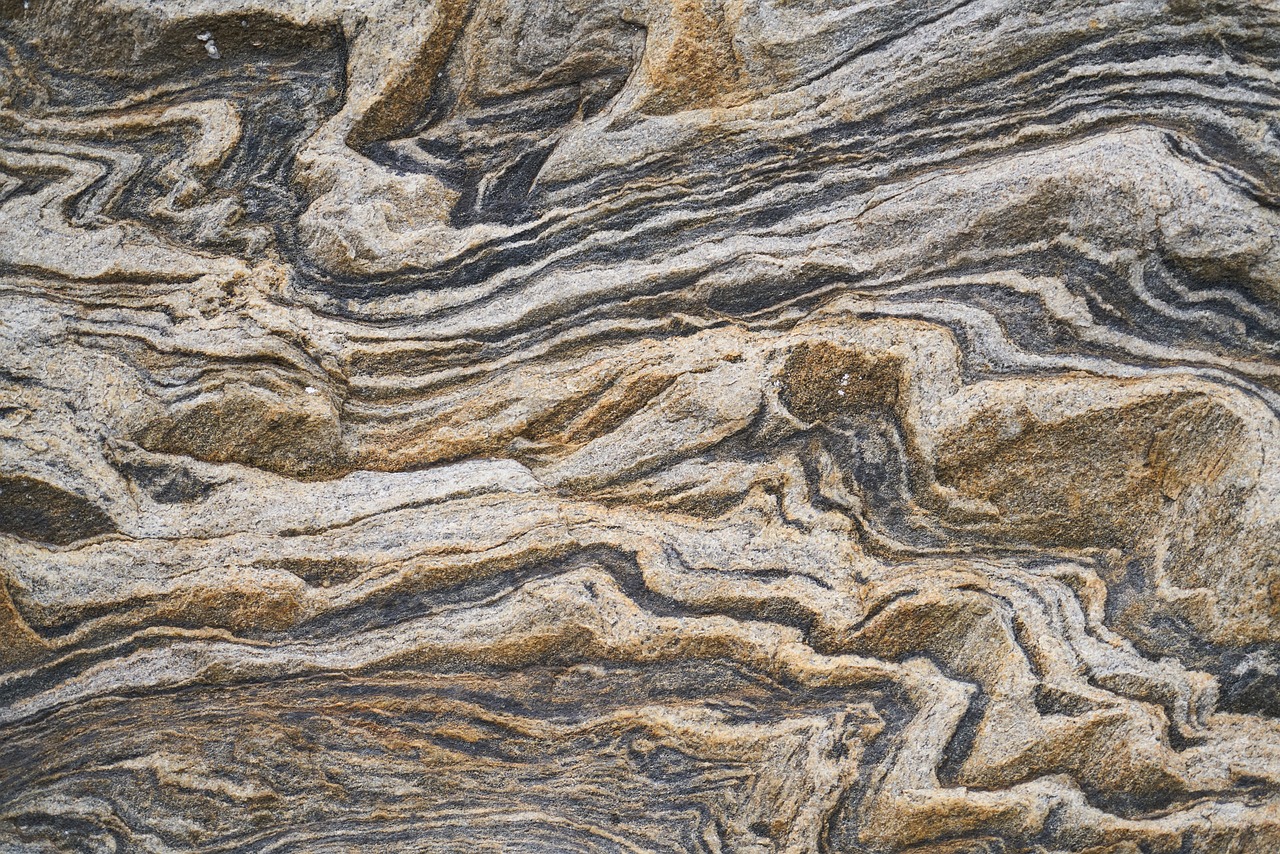
Techniques in Art Quilting
Art quilting is a vibrant and dynamic field that transcends traditional quilting techniques, allowing artists to express their creativity in diverse ways. One of the most exciting aspects of art quilting is the variety of techniques that quilters can employ to create stunning visual effects and textures. These methods not only enhance the aesthetic appeal of the quilts but also invite viewers to engage with the artwork on a deeper level.
One of the foundational techniques in art quilting is appliqué. This involves sewing pieces of fabric onto a larger background fabric to create intricate designs. Appliqué can be done by hand or machine, and it allows quilters to layer different fabrics, adding depth and dimension to their work. The beauty of appliqué lies in its versatility; quilters can use it to depict anything from simple shapes to complex images, making it a favorite among art quilters.
Another popular technique is dyeing, where fabrics are colored using various methods such as tie-dye, batik, or immersion dyeing. This technique opens up a world of possibilities, as quilters can create unique color palettes and patterns that reflect their personal style. The process of dyeing fabric can be both meditative and exhilarating, as artists experiment with different colors and designs, often leading to unexpected and delightful results.
Fabric manipulation is yet another technique that adds an element of surprise to art quilting. This can include techniques such as pleating, ruffling, and gathering, which create texture and dimension. By altering the fabric's structure, quilters can make their pieces more dynamic and engaging. For instance, a quilt that features ruffled edges can draw the eye and invite tactile exploration, making it not just a visual piece but a sensory experience as well.
In addition to these techniques, many art quilters also incorporate mixed media into their work. This can include the use of non-fabric materials such as paper, beads, or even found objects, allowing for an even broader range of expression. The combination of fabric and other materials can create stunning contrasts and unexpected juxtapositions, further pushing the boundaries of what quilting can be.
Ultimately, the techniques of art quilting are as varied as the artists themselves, each bringing their unique flair and vision to the craft. The freedom to experiment with different methods not only enriches the quilting process but also encourages a sense of community among quilters. As they share their techniques and learn from one another, they contribute to a vibrant tapestry of creativity that continues to evolve.
- What is the difference between traditional and art quilting?
Traditional quilting often focuses on patterns and techniques passed down through generations, while art quilting prioritizes personal expression and innovation, often incorporating mixed media and unconventional methods. - Can I use any fabric for art quilting?
Yes! Art quilters often experiment with a wide range of fabrics, including cotton, silk, and even synthetic materials. The choice of fabric can greatly influence the final piece. - Do I need to be an experienced quilter to create art quilts?
Not at all! Art quilting is about creativity and expression, so quilters of all skill levels can explore this medium. The most important thing is to have fun and experiment.
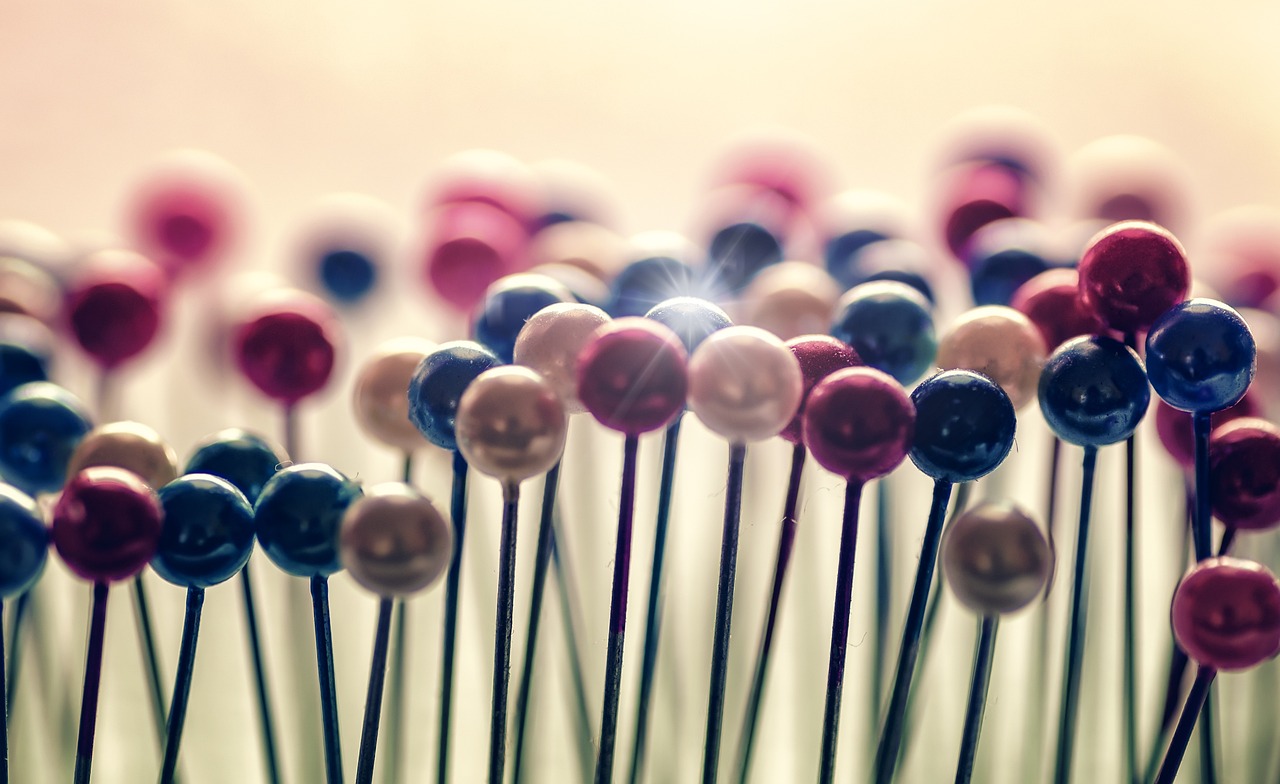
Famous Art Quilters
This article explores the diverse world of quilts, detailing their unique characteristics, historical significance, and various styles. Discover the artistry behind quilting and the different types that have evolved over time.
Traditional quilts reflect historical techniques and patterns, often passed down through generations. They embody cultural heritage and craftsmanship, showcasing intricate designs that tell stories of the past.
Modern quilts break away from traditional patterns, embracing bold colors and innovative designs. They often focus on minimalism and artistic expression, appealing to contemporary tastes and trends in quilting.
Art quilts are created primarily for aesthetic purposes, serving as a medium for artistic expression. They often incorporate mixed media and unconventional techniques, pushing the boundaries of traditional quilting.
Art quilting employs various techniques such as appliqué, dyeing, and fabric manipulation. These methods allow artists to create unique textures and visual effects that enhance the overall artwork.
Throughout the history of quilting, several renowned quilters have emerged, making significant contributions to the art quilting movement. These artists have not only pushed the boundaries of what quilting can be but have also inspired countless others to explore their creativity. For instance, Faith Ringgold, known for her narrative quilts, combines storytelling with fabric art, often addressing social issues through her vibrant pieces. Another influential figure is Yvonne Porcella, who was pivotal in introducing bold colors and innovative designs into the quilting world. Her work often blurs the lines between traditional quilting and contemporary art.
Moreover, Gwen Marston is celebrated for her improvisational quilting style, encouraging quilters to break free from patterns and embrace spontaneity. Her philosophy of 'liberated quilting' invites individuals to express themselves without the constraints of traditional techniques. These artists, among others, have not only created stunning works but have also fostered a community that values innovation and personal expression in quilting.
Patchwork quilts are made by sewing together pieces of fabric to create a larger design. This style emphasizes the use of scraps and remnants, showcasing resourcefulness and creativity in quilting.
Bed quilts are designed primarily for warmth and comfort, often featuring layered fabrics for insulation. They come in various sizes and styles, making them essential for home décor.
Quilts come in various sizes, including twin, full, queen, and king. Each size serves different purposes, catering to various bedding needs and preferences in home settings.
The choice of materials greatly influences the quality and comfort of bed quilts. Common fabrics include cotton, flannel, and polyester, each offering unique benefits and aesthetic appeal.
- What is the difference between a quilt and a blanket? A quilt is typically made with three layers: a top, a batting layer for insulation, and a backing, while a blanket is usually a single layer.
- How do I care for my quilts? Most quilts can be machine washed on a gentle cycle with mild detergent. Always check the care label for specific instructions.
- Can I use any fabric for quilting? While you can technically use any fabric, cotton is the most popular choice due to its durability and ease of handling.
- What is the history of quilting? Quilting dates back to ancient times, with evidence found in various cultures. It has evolved from a practical necessity to a form of artistic expression.
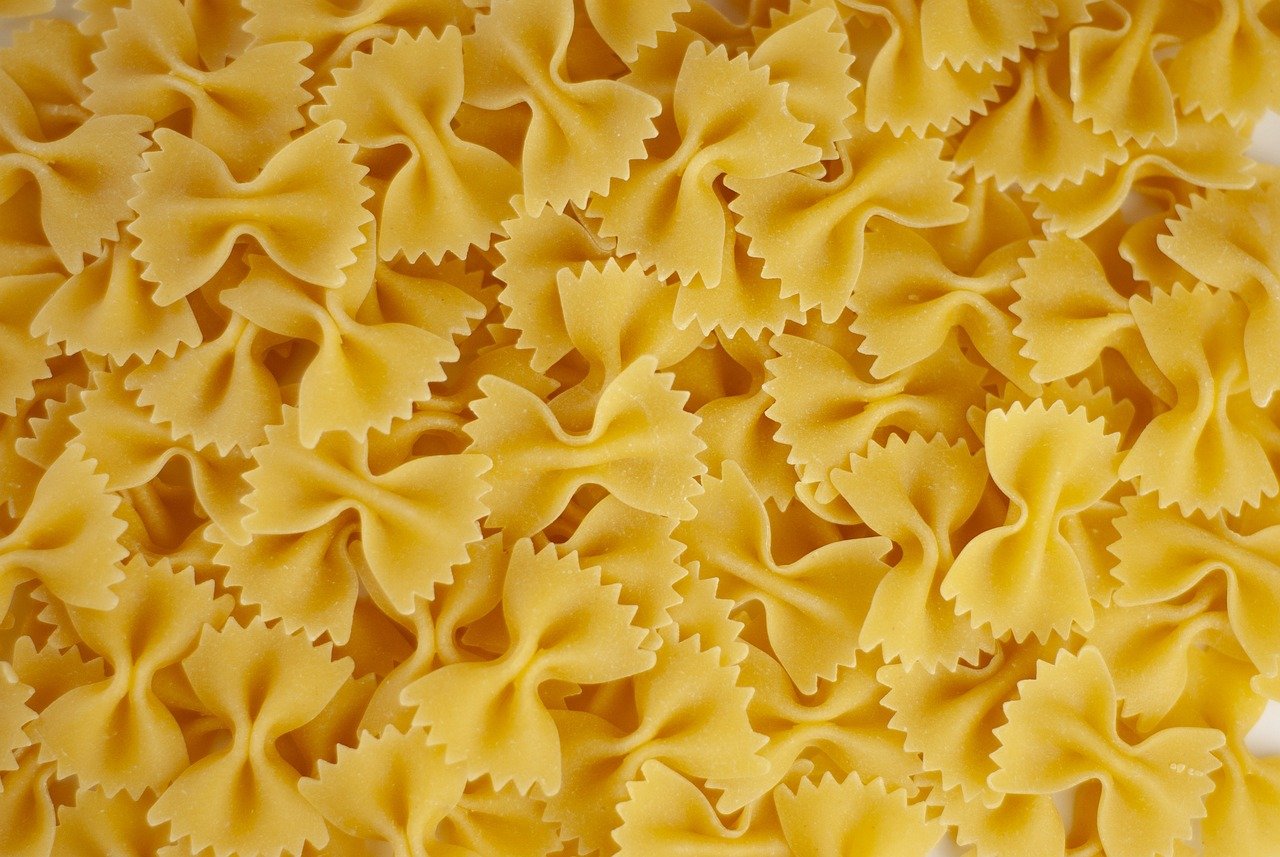
Patchwork Quilts
Patchwork quilts are a beautiful testament to creativity and resourcefulness in the quilting world. They are made by sewing together various pieces of fabric, often remnants or scraps from other projects, to create a larger, cohesive design. This technique not only showcases the skill of the quilter but also tells a story through the fabrics chosen. Each piece might have its own history, adding layers of meaning to the quilt as a whole. Imagine a quilt that includes fabric from a beloved dress or a favorite shirt; it becomes a cherished keepsake, rich with memories.
The beauty of patchwork quilts lies in their **versatility**. They can range from simple designs made with large squares to intricate patterns that require careful planning and precision. The choice of fabrics can also vary widely, from colorful cottons to soft flannels, allowing quilters to express their personal style and preferences. For many, creating a patchwork quilt is an adventure in itself—an opportunity to explore color combinations, fabric textures, and design layouts.
One of the most appealing aspects of patchwork quilting is its **sustainability**. In a world increasingly focused on reducing waste, patchwork quilts provide a fantastic way to repurpose leftover fabric. Instead of discarding scraps, quilters can transform them into something beautiful and functional. This practice not only conserves resources but also encourages creativity, as quilters must think outside the box to make the most of what they have.
To illustrate the various styles of patchwork quilts, here’s a simple comparison of some popular techniques:
| Technique | Description | Characteristics |
|---|---|---|
| Traditional Patchwork | Uses classic patterns like squares and triangles. | Symmetrical, often features repeating motifs. |
| Improvisational Patchwork | Focuses on spontaneous design without strict patterns. | Unique, often asymmetrical, and highly personal. |
| Crazy Quilting | Incorporates various fabrics and embellishments. | Eclectic, often features decorative stitching. |
As you can see from the table, each technique offers its own unique flair and charm. Whether you're drawn to the precision of traditional patchwork or the free-spirited nature of improvisational quilting, there’s a patchwork style for everyone. So, if you’re considering diving into the world of quilting, patchwork quilts could be the perfect starting point. They not only allow for artistic expression but also give you the satisfaction of creating something beautiful and meaningful from what might otherwise be considered scrap material.
- What materials are best for patchwork quilts? Cotton is the most popular choice due to its durability and ease of handling, but flannel and even silk can be used for different effects.
- Can beginners make patchwork quilts? Absolutely! Patchwork quilts are great for beginners as they can be as simple or as complex as you want them to be.
- How do I care for my patchwork quilt? Most patchwork quilts can be machine washed on a gentle cycle, but it’s best to check the care instructions for specific fabrics used.
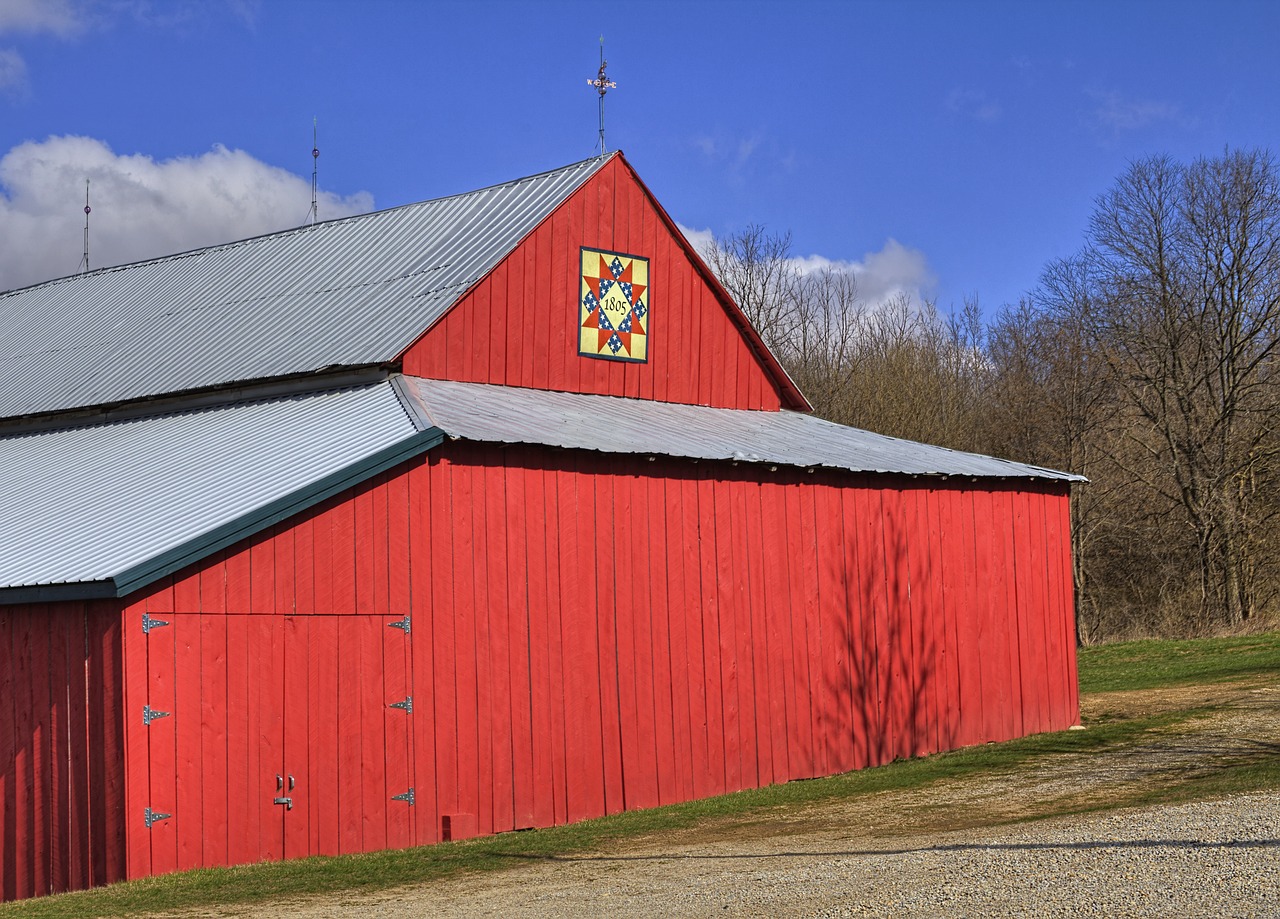
Bed Quilts
When it comes to comfort and style in your bedroom, take center stage. These versatile pieces are not just about keeping warm; they're also a canvas for personal expression and interior design. Imagine snuggling under a cozy quilt on a chilly night, feeling the soft fabric against your skin. Isn't that a comforting thought? Bed quilts are designed primarily for warmth and comfort, often featuring layered fabrics that provide insulation. They come in various sizes and styles, making them essential for home décor. Whether you prefer a classic look or something more modern, there's a quilt out there that fits your taste.
One of the fascinating aspects of bed quilts is their variety in sizes. From twin to king, each size serves different purposes, catering to various bedding needs and preferences in home settings. Here's a quick overview of the common quilt sizes:
| Quilt Size | Dimensions (inches) | Best For |
|---|---|---|
| Twin | 68 x 86 | Single beds or children's rooms |
| Full | 80 x 86 | Full-size beds |
| Queen | 90 x 90 | Queen-size beds |
| King | 108 x 90 | King-size beds |
But size is just one piece of the puzzle. The choice of materials also greatly influences the quality and comfort of bed quilts. Common fabrics include cotton, flannel, and polyester, each offering unique benefits and aesthetic appeal. Cotton is breathable and durable, making it a popular choice for everyday use. Flannel, on the other hand, adds a layer of warmth and coziness, perfect for those cold winter nights. Polyester quilts are often more affordable, easy to care for, and resistant to wrinkles, making them a practical option for busy households.
Moreover, the design of bed quilts can reflect personal style and taste. From intricate patterns to solid colors, the aesthetic choices are endless. You might find yourself drawn to a vibrant patchwork quilt that tells a story of creativity and resourcefulness, or perhaps a minimalist design that speaks to modern elegance. The beauty of bed quilts lies in their ability to transform a room, adding warmth and character to your sleeping space.
In conclusion, bed quilts are more than just functional items; they are a blend of art and practicality. They provide warmth, add beauty to your home, and can even evoke memories of family traditions. So, whether you're looking to cozy up with a good book or simply want to enhance your bedroom's decor, a well-chosen quilt can make all the difference.
- What is the best material for bed quilts? Cotton is often recommended for its breathability and durability, while flannel is great for warmth.
- How do I care for my bed quilt? Most quilts can be machine washed on a gentle cycle, but always check the care label for specific instructions.
- Can I use a quilt as a bedspread? Absolutely! Quilts can serve as both a bedspread and a warm cover during colder months.
- What size quilt do I need for a queen bed? A queen bed typically requires a quilt that measures 90 x 90 inches.
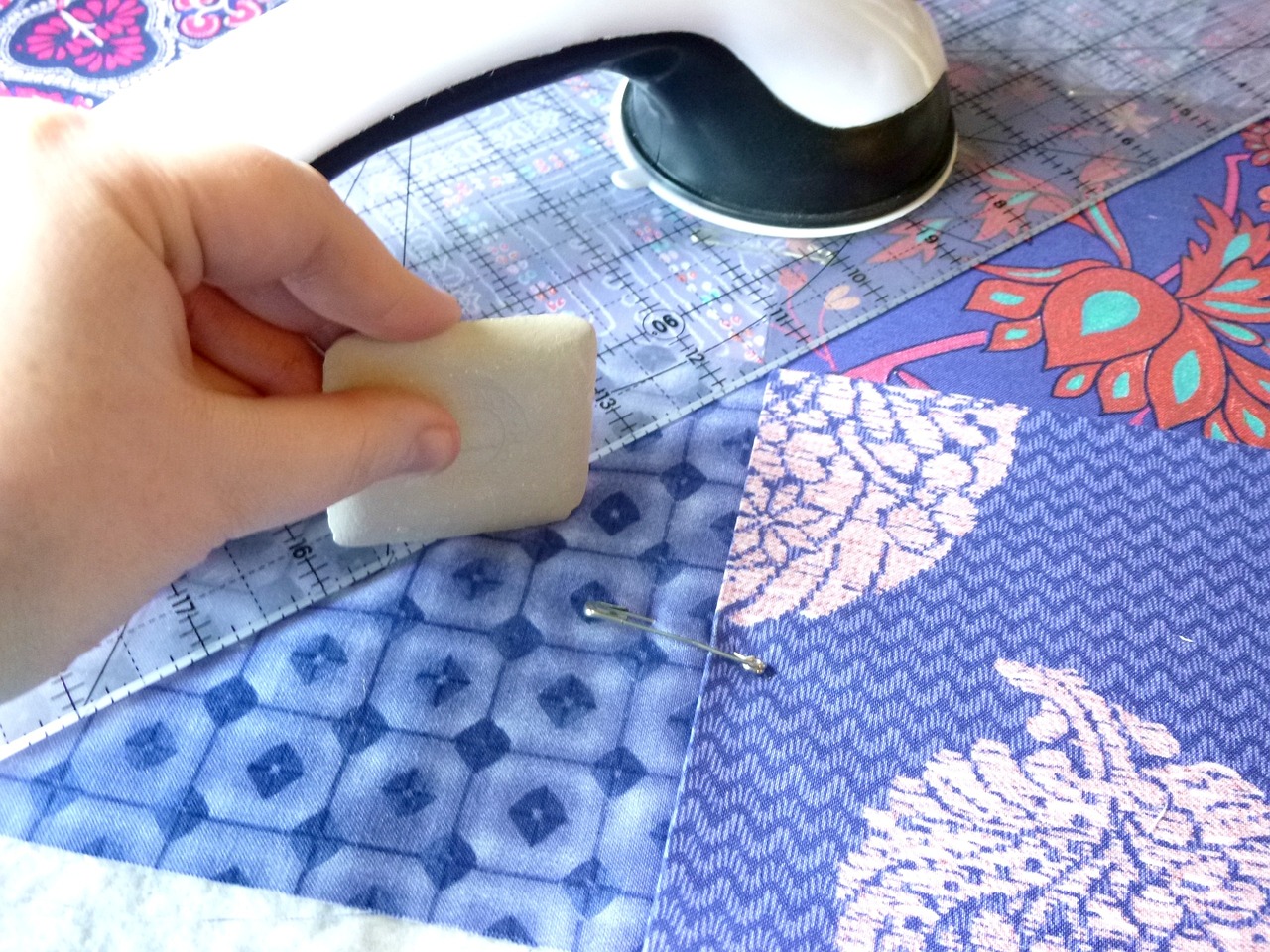
Quilt Sizes
When it comes to quilts, one size definitely does not fit all. The world of quilting offers a variety of sizes tailored to meet different needs and preferences. Understanding quilt sizes is crucial for both functionality and aesthetic appeal in your home. Whether you're looking to snuggle up on a chilly night or add a decorative touch to your bedroom, choosing the right quilt size can make all the difference.
Quilts are typically categorized into standard sizes, which include twin, full, queen, and king. Each of these sizes serves a distinct purpose and caters to various bedding needs:
| Quilt Size | Dimensions (inches) | Best For |
|---|---|---|
| Twin | 39 x 75 | Single beds, children's rooms |
| Full | 54 x 75 | Full-size beds, guest rooms |
| Queen | 60 x 80 | Queen-size beds, couples |
| King | 76 x 80 | King-size beds, spacious bedrooms |
As you can see from the table above, each quilt size is designed to fit specific bed dimensions. However, it’s not just about the bed size; the quilt's size can also affect the overall look of your room. For instance, a king-size quilt draping over a queen bed can create a luxurious, layered effect, while a twin quilt can be a cozy addition to a child's room. The choice of size also impacts how you use the quilt—whether it’s for warmth, decoration, or both.
Additionally, there are some specialized sizes available, such as crib quilts for nurseries or lap quilts for cozying up on the couch. These smaller quilts provide warmth and comfort in specific settings, proving that size truly matters in the world of quilting.
In conclusion, understanding quilt sizes is essential for making an informed decision when purchasing or creating a quilt. With the right size, you can enhance the functionality and beauty of your space, ensuring that your quilt not only serves its purpose but also complements your home decor.
- What is the best quilt size for a toddler bed? A twin quilt is typically the best choice for toddler beds, providing ample coverage while being manageable for little ones.
- Can I use a queen quilt on a full bed? Yes, a queen quilt can be used on a full bed, offering a slightly larger coverage that can create a draped look.
- Are there custom quilt sizes available? Absolutely! Many quilters offer custom sizes to fit unique bed dimensions or personal preferences.
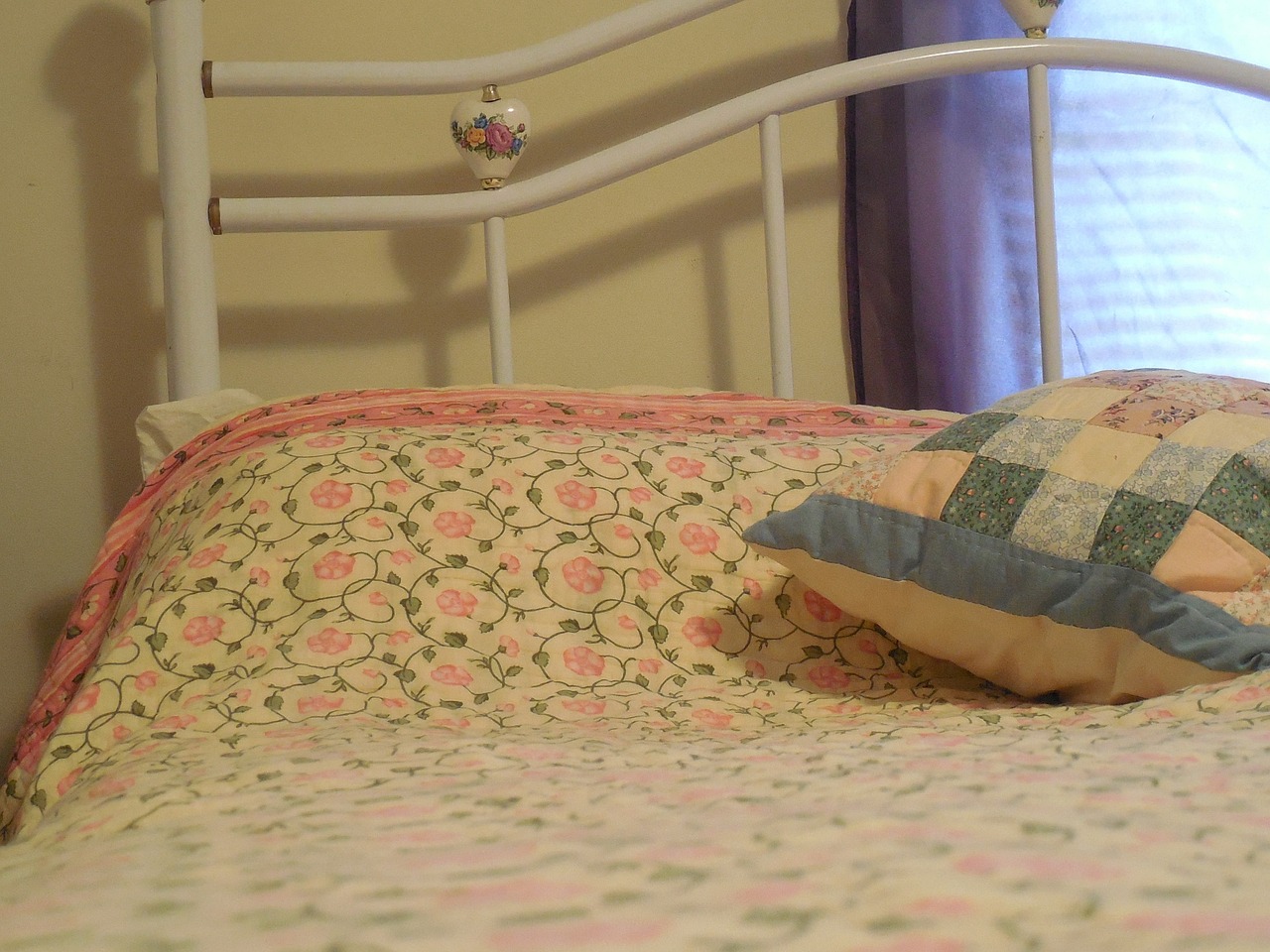
Quilting Materials
When it comes to quilting, the choice of materials plays a pivotal role in determining the quality, durability, and overall aesthetic of the finished product. Different fabrics bring unique textures, colors, and patterns to the quilt, making it essential for quilters to select materials that not only resonate with their artistic vision but also serve practical purposes. Among the most popular fabrics used in quilting, cotton, flannel, and polyester stand out for their distinct characteristics and benefits.
Cotton is undoubtedly the fabric of choice for many quilters. Its natural fibers provide excellent breathability, making it comfortable for all seasons. Additionally, cotton is easy to work with, holds dye beautifully, and is available in an endless array of prints and colors. This versatility allows quilters to create everything from traditional patterns to modern designs. Cotton quilts are also known for their durability, ensuring that they can withstand years of use while maintaining their beauty.
On the other hand, flannel offers a cozy, soft texture that is perfect for creating warm quilts. Often used for baby quilts or winter bedding, flannel is made from brushed cotton, giving it that delightful fuzzy feel. It’s particularly appealing in colder climates, as it provides extra warmth and comfort. However, quilters should be cautious when mixing flannel with other fabrics, as it can sometimes stretch or shrink differently during washing, which might affect the quilt's overall structure.
Then we have polyester, a synthetic fabric that has gained popularity in recent years. Polyester quilts are often lightweight yet warm, making them ideal for those who prefer a less bulky option. Additionally, polyester is resistant to wrinkles and fading, which means quilts made from this material can look vibrant for longer periods. However, some quilters argue that polyester lacks the breathability of natural fibers, which can lead to discomfort in warmer climates.
In addition to these primary materials, quilters might also explore blends or specialty fabrics such as batiks, which are known for their rich colors and intricate patterns, or silk, which offers a luxurious feel but can be more challenging to work with. Each fabric type brings its own set of properties, and understanding these can help quilters make informed decisions based on the intended use of the quilt.
| Fabric Type | Characteristics | Best Uses |
|---|---|---|
| Cotton | Breathable, durable, easy to dye | All types of quilts, especially traditional |
| Flannel | Soft, warm, cozy | Winter quilts, baby quilts |
| Polyester | Lightweight, wrinkle-resistant | Lightweight quilts, travel quilts |
| Batiks | Rich colors, intricate patterns | Art quilts, decorative quilts |
| Silk | Luxurious, delicate | High-end quilts, special occasion quilts |
Ultimately, the choice of materials in quilting is a personal journey that reflects the quilter's style and the quilt's intended purpose. Whether opting for the classic comfort of cotton, the warmth of flannel, or the lightweight nature of polyester, each fabric contributes to the story woven into the quilt. So, the next time you embark on a quilting project, take a moment to consider how your material choices will impact not just the look but also the feel and functionality of your creation.
- What is the best fabric for beginners?
Cotton is highly recommended for beginners due to its ease of use and availability in various patterns. - Can I mix different fabric types in a quilt?
Yes, but be mindful of how different fabrics behave, especially in terms of shrinkage and stretching. - How do I care for my quilts?
Most quilts can be machine washed on a gentle cycle, but always check the care instructions for specific fabrics.
Frequently Asked Questions
- What are traditional quilts?
Traditional quilts are masterpieces that reflect historical techniques and patterns, often passed down through generations. They embody cultural heritage and craftsmanship, showcasing intricate designs that tell stories of the past. These quilts are not just blankets; they are a connection to history and family traditions.
- How do modern quilts differ from traditional quilts?
Modern quilts break away from the constraints of traditional patterns, embracing bold colors and innovative designs. They often focus on minimalism and artistic expression, appealing to contemporary tastes. While traditional quilts tell stories, modern quilts invite viewers to interpret and appreciate the artistry in new ways.
- What are art quilts?
Art quilts are primarily created for aesthetic purposes and serve as a medium for artistic expression. They often incorporate mixed media and unconventional techniques, pushing the boundaries of traditional quilting. Think of them as canvases made of fabric, where quilters can explore their creativity without limits.
- What techniques are commonly used in art quilting?
Art quilting employs various techniques such as appliqué, dyeing, and fabric manipulation. These methods allow artists to create unique textures and visual effects, enhancing the overall artwork. It's like painting, but with fabric, allowing for a tactile experience that engages the senses.
- What is a patchwork quilt?
Patchwork quilts are made by sewing together pieces of fabric to create a larger design. This style emphasizes resourcefulness, showcasing creativity using scraps and remnants. It's a beautiful way to recycle materials while creating something stunning and functional.
- What sizes do bed quilts come in?
Bed quilts come in various sizes, including twin, full, queen, and king. Each size serves different purposes, catering to various bedding needs and preferences in home settings. Choosing the right size ensures both comfort and style in your bedroom.
- What materials are commonly used for quilts?
The choice of materials significantly influences the quality and comfort of bed quilts. Common fabrics include cotton, flannel, and polyester, each offering unique benefits and aesthetic appeal. Selecting the right fabric can make a world of difference in both the look and feel of your quilt.



















